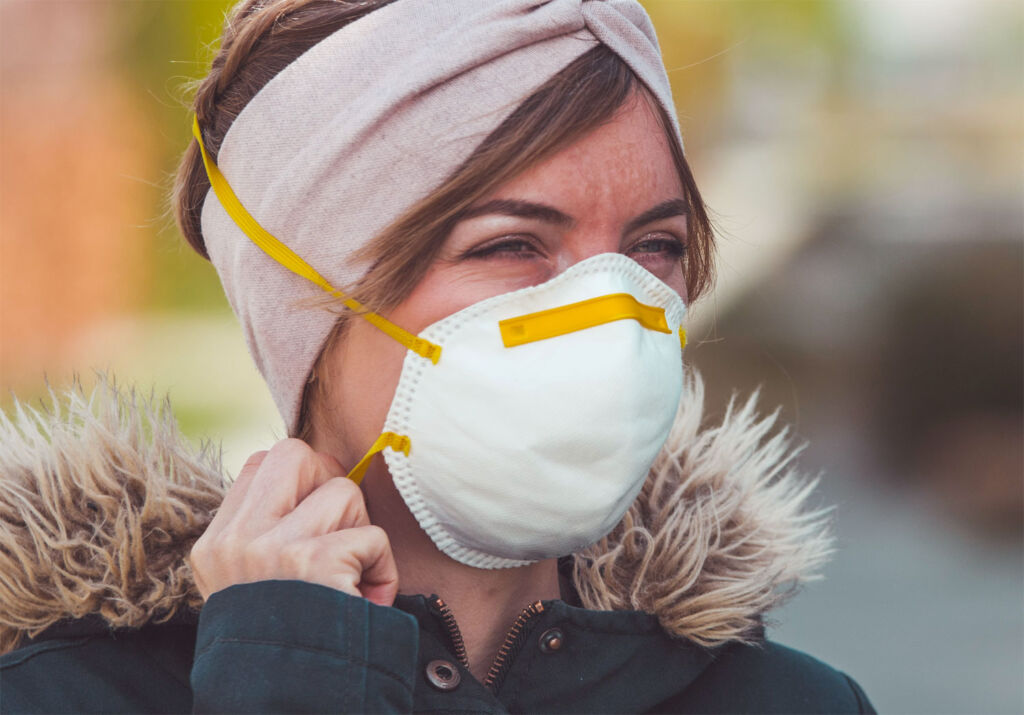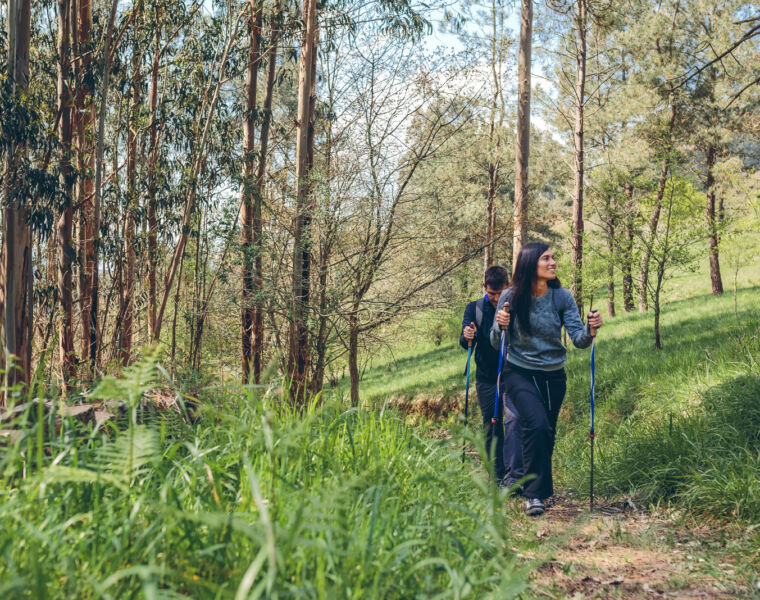
Most of us by now will have experienced wearing a face mask. No doubt those who have, had felt the uncomfortable pressure and build-up of excess moisture. This is doing your skin no favours. Dr Raj Arora, a GP and aesthetics doctor, explains how to avoid and treat skin damage caused by wearing PPE.
As of July 24th, the wearing of face masks will be mandatory in the UK’s shops, supermarkets and on public transport. Although the wearing of a facemask is a wise thing, protecting the wearer and others, it doesn’t come without side effects, and one of these is the negative impact it has on your skin.
Many of you who enjoy spending time on social media cannot have avoided the photos and videos of people working on the frontline with sores, blisters, inflamed, red skin and bruising caused by the prolonged wearing of a face mask. Given that we’re all going to get used to wearing a mask for longer periods, it stands to reason that many more will be joining this rather unfortunate club.
Looking stylish in a mask is tough enough, but the fact it can make you look like you’ve just stepped out of a sauna is something we all want to avoid.
Dr Raj Arora, GP and aesthetic doctor for skin-tech brand FOREO, shares her tips on minimising the impact of mask-wearing.
- Apply a protective barrier cream such as ‘Cavilon Barrier Film’, an alcohol-free, hypoallergenic topical cream. It can act as a protective layer between the skin and the PPE mask. This will help to reduce irritation and sores from continually applied pressure.
- Maintain a simple and consistent skin routine. Cleanse with a calming/soothing cleanser. For a deeper yet gentler cleanse, the LUNA 3 by FOREO removes 99.5% of dirt, oil and sweat and has massage modes which help alleviate sore skin.
- Omit aggressive skincare ingredients such as retinol or exfoliating acids as these can leave the skin sensitive and more prone to chafing/breakdown when continued pressure is applied.
- Add a protective paraffin-based ointment to your skincare routines such as Epaderm or Vaseline to help protect irritated/sore areas of the skin.
- Hydration is also key. The skin’s barrier is the outermost layer of the skin (stratum corneum), and it shields skin from bacteria and irritants. It also seals in moisture and hydration. To ensure the barrier is healthy, it is important to drink plenty of fluid throughout the day (at least 2 litres). Additionally, FOREO’s UFO 2 and Farm to Face masking collection can help calm and hydrate your skin. This will allow our skin barrier to remain well hydrated, moisturised and resilient.
- For those with sensitive skin, ensure you are following a skin routine. After removing the mask, gently wash the face with a calming cleanser such as Sensicalm from Alumier. Moisturise using a ceramide based moisturiser. Follow up with any barrier creams/ointments to any particularly sensitive or sore areas.
- To help treat any nasty bruising from the masks ensure that you have a diet rich in Vitamin C as this is essential for collagen production. Collagen encourages the renewal of cells and therefore helps repair wounds on the skin.
- In areas that are particularly sore – you could use a sterile thin piece of gauze or hydrocolloid dressing as an additional barrier. Such as ‘Duoderm extra thin’ or soft silicone tape. This may be particularly helpful in the sensitive areas like the bridge of the nose. It is, of course, important to ensure that the seal is maintained between skin and mask.
Dr Arora also suggests not to wear heavy makeup under a face mask as it can mix with the sweat and moisture, which will result in clogged pores. Also, while we’re on the subject of imparting common sense, wearing heavy makeup under a mask serves no purpose as people won’t be able to see it!
Dr Arora offered us this additional advice: “Due to the humidity under the mask, there will be excess sebum production and multiplying skin bacteria which can result in acne. I would recommend staying makeup free if possible. But if you feel the need to wear foundation/concealer, then my recommendations for makeup would be to use a mineralised foundation/powder such as Bare Minerals Blemish Rescue powder. Mineralised makeup is oil-free and provides a gentle approach to the skin.
“To help prevent breakouts after using PPE, ensure that you use a new clean mask where possible and if you must re-use your mask then ensure you are wiping it clean after use with an alcohol-based spray. Leave it to dry before wearing it. After removing your mask, ensure you cleanse your face thoroughly and use a gentle toner to remove any extra residue.
I would also recommend using a ceramide based cream moisturiser to help prevent irritation and soothe acne-prone or sensitive skin. You could also use a blue light device in areas that are prone to breakouts to help reduce the acne causing bacteria on the skin. Espada by FOREO is an easy to use home device. Prescribed spot treatments such as benzoyl peroxide or salicylic acid can be applied to isolated spots once the mask has been removed.”
To find out more about FOREO and read more tips from Dr Raj Arora, visit www.foreo.com.
Read more articles on health and beauty in our dedicated section here.
![]()




You must be logged in to post a comment.